Etudes #1 and #2 (1996)
Commissioned and premiered by Judy Seibert, Brock University, St. Catherines, Ontario, Canada, 20 March 1997 (errata note: In the G. Schirmer publication, Etude #1: the final note of bar 24 is a D natural)
Etudes #3 and #4 (2003)
Commissioned by the American Pianists Association, through the Christel Award, for 1995 Classical Fellow James Giles
Premiered by James Giles, Indianapolis, Indiana, 20 April 2003; London's Wigmore Hall on 16 April; and Helsinki's Sibelius Academy on 19 April
Etudes #5 and #6 (2005)
Co-premiered by Amy Dissanayake on 3 March 2006, at Ganz Hall, Roosevelt University, Chicago, Illinois, and by Stephen Gosling on 23 March 2006 at Merkin Hall, New York, New York
Durations of the Movements
I. Orbital Beacons — Homage to Berio: 4 minutes
II. Fire Waltz — Homage to Bartók: 2 minutes
III. Cathedral Waterfall — Homage to Messiaen: 3 minutes
IV. On Twilight — Homage to Boulez: 2 1/2 minutes
V. Rain at Funeral — Homage to Morton Feldman: 3 minutes
VI. Twitter-Machines — Homage to David Rakowski: 2 minutes
Etude 1
Etude 2
Etude 3
Etude 4
Etude 5
Etude 6
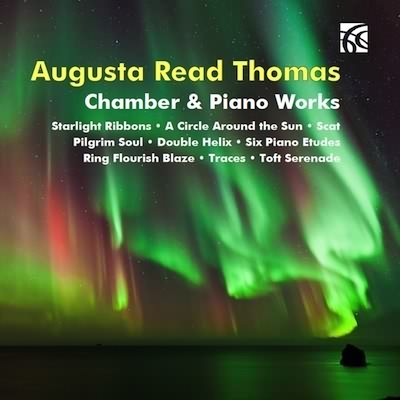
This work is available on Chamber & Piano Works.
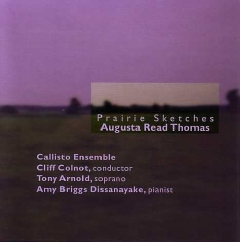
This work is available on Prairie Sketches.
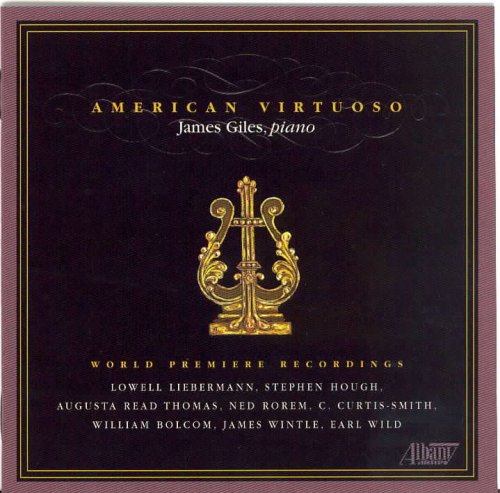
This work is available on American Virtuoso.
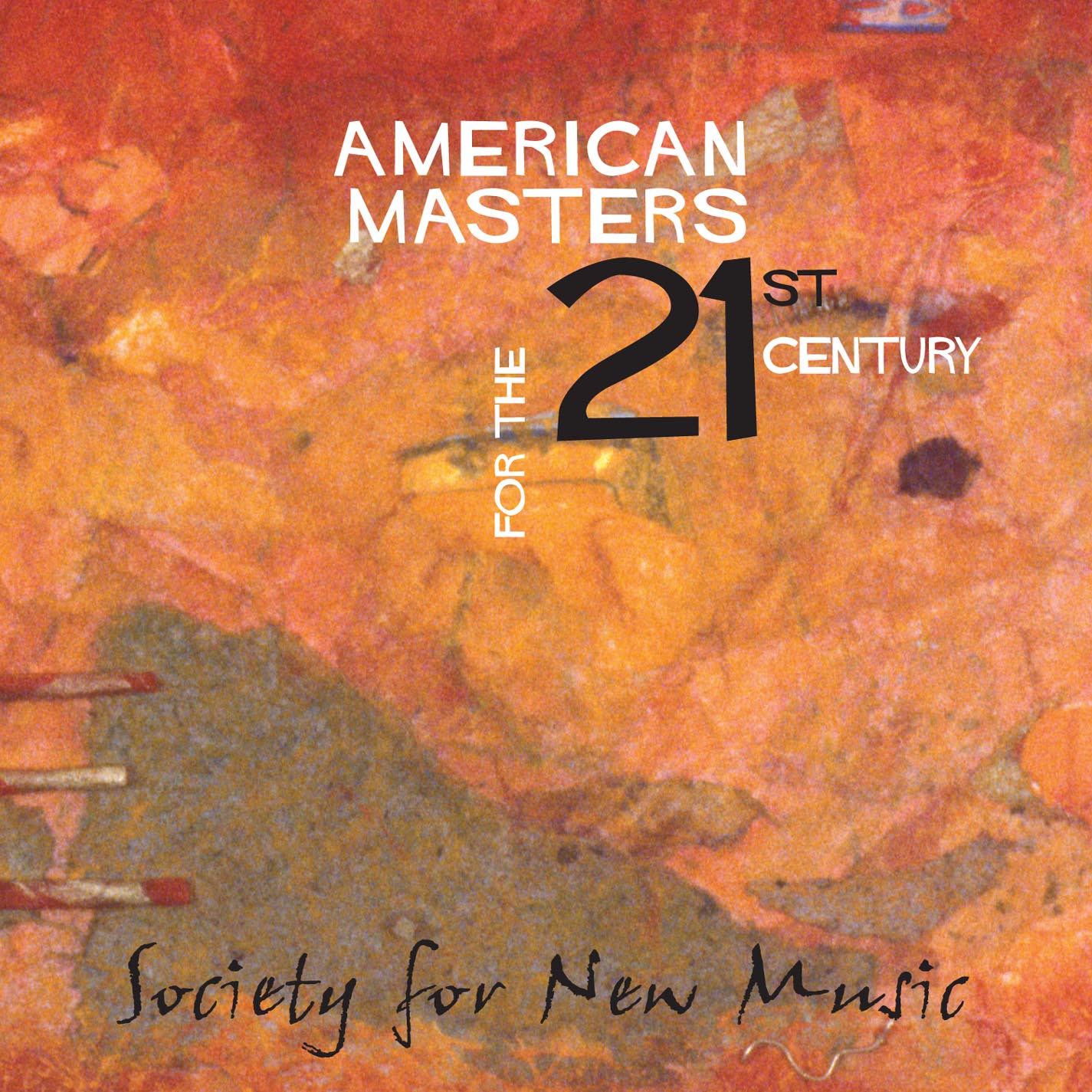
This work is available on
AMERICAN MASTERS FOR THE 21ST
Audio sampler Six Piano Etudes
Audio sampler Piano Etudes runs from 1:18-2:34
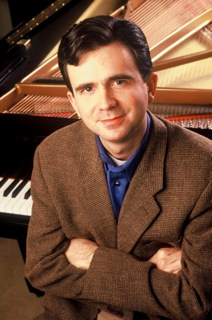
The aim of my piano etudes, which are composed in pairs, is to create drastically different sonic effects for each using musical material identical to both. They should be like looking at two sides of a coin or examining both a photograph and its negative. These six small pieces were carefully heard, built, and refined, and as a result took me a long time to compose.
I. Orbital Beacons is about rotating harmonies and glow. The work juxtaposes very loud notes with very soft ones, making a counterpoint of layers and implied voice leading in which at first there are more soft notes than loud ones; by the end of the piece, this has been reversed. The work, which should sound clean, natural, and colorful, is highly organized. It is about the beauty of resonance, echo, decay, and luminosity.
II. Fire Waltz is a variation on Etude No. I, in which the notes that were loud are strung together, exactly in order, lowered by two octaves, and turned into a boogiewoogie bass line. The notes that were soft in Etude No. I form Bartóklike, jazzy chords. Although I think it is easy to hear the many references to perfumes of jazz in all my music, here is a work where the scents are more explicit. All the influences in my music are highly digested and personalized; for instance in these first two etudes we can sense Debussy, Ravel, Webern, and Berio, in addition to jazz, but hopefully the music is "all Thomas," and not stolen Debussy for instance, nor a display of simpleminded piano clichés.
III. Cathedral Waterfall is a slow unfolding of the series of rich chords of an extended jazz harmony idiom. The color of each chord is precise and individual. One can imagine a huge, dramatic cathedral carillon where many bells are being rung at once, making beautiful complex chords that hang in the air, and echo, while at the same time, there is one lone bell ringer who is out of synchronization with the tutti chords. In the end the chord rolls slowly downward, like a waterfall of chimes, and fades away, leaving only the ringing of two last bells.
IV. On Twilight is three minutes of high energy. The three distinct layers crosscut one another in unpredictable, edgy, hiccuplike fits and starts, like a jazz improvisation that gets "out of the box." Yet, there is always the central "on twilight" layer flickering along, like the sun beaming, glowing, bursting, and then setting slowly into twilight. The outer two layers, in the two most extreme registers of the piano suggest the emergence of everything else in the evening cosmos (stars, planets, galaxies, black holes, etc.), which come into view only at twilight, as the sun sets and fades over the horizon.
V. Rain at Funeral is an impressionist miniature funeral march, which requires very subtle shadings in quiet dynamics as well as in timbre and reverberation. It uses the exact same chords as Etude No. VI and is purposely a very intricate, delicate, private etude, in contrast to the bravura flair of its surrounding etudes, Nos. IV and VI.
VI. Twittering Machines was composed in homage to David Rakowski, a world-class composer, who has written a large number of stellar piano etudes. Twittering Machines responds to Rakowski's first etude, E-Machines, in which single notes are repeated very quickly. My etude repeats chords of various shapes and sizes as quickly as possible and these twittering chords are often interrupted by grace-note figures (anywhere from one to nine grace notes), which are played on the beat and which "mess-up the pulse," thus forcing the pianist to be slightly late for the main notes that follow. As the repeated chords delineate a certain tight bandwidth of pitch, florid arabesques that cover the entire range of the piano are set in relief against those oscillating machinelike harmonies.
— Augusta Read Thomas
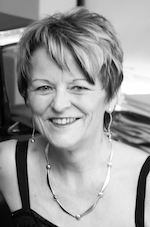
from the Nimbus CD (Nimbus Alliance NI 6258)
by Paul Pellay
The aim of my piano etudes, which are composed in pairs, is to create drastically different sonic effects for each using musical material identical to both. They should be like looking at two sides of a coin or examining both a photograph and its negative. These six small pieces were carefully heard, built, and refined, and as a result took me a long time to compose.
I. Orbital Beacons is about rotating harmonies and glow. The work juxtaposes very loud notes with very soft ones, making a counterpoint of layers and implied voice leading in which at first there are more soft notes than loud ones; by the end of the piece, this has been reversed. The work, which should sound clean, natural, and colorful, is highly organized. It is about the beauty of resonance, echo, decay, and luminosity.
II. Fire Waltz is a variation on Etude No. I, in which the notes that were loud are strung together, exactly in order, lowered by two octaves, and turned into a boogiewoogie bass line. The notes that were soft in Etude No. I form Bartóklike, jazzy chords. Although I think it is easy to hear the many references to perfumes of jazz in all my music, here is a work where the scents are more explicit. All the influences in my music are highly digested and personalized; for instance in these first two etudes we can sense Debussy, Ravel, Webern, and Berio, in addition to jazz, but hopefully the music is "all Thomas," and not stolen Debussy for instance, nor a display of simpleminded piano clichés.
III. Cathedral Waterfall is a slow unfolding of the series of rich chords of an extended jazz harmony idiom. The color of each chord is precise and individual. One can imagine a huge, dramatic cathedral carillon where many bells are being rung at once, making beautiful complex chords that hang in the air, and echo, while at the same time, there is one lone bell ringer who is out of synchronization with the tutti chords. In the end the chord rolls slowly downward, like a waterfall of chimes, and fades away, leaving only the ringing of two last bells.
IV. On Twilight is three minutes of high energy. The three distinct layers crosscut one another in unpredictable, edgy, hiccuplike fits and starts, like a jazz improvisation that gets "out of the box." Yet, there is always the central "on twilight" layer flickering along, like the sun beaming, glowing, bursting, and then setting slowly into twilight. The outer two layers, in the two most extreme registers of the piano suggest the emergence of everything else in the evening cosmos (stars, planets, galaxies, black holes, etc.), which come into view only at twilight, as the sun sets and fades over the horizon.
V. Rain at Funeral is an impressionist miniature funeral march, which requires very subtle shadings in quiet dynamics as well as in timbre and reverberation. It uses the exact same chords as Etude No. VI and is purposely a very intricate, delicate, private etude, in contrast to the bravura flair of its surrounding etudes, Nos. IV and VI.
VI. Twittering Machines was composed in homage to David Rakowski, a world-class composer, who has written a large number of stellar piano etudes. Twittering Machines responds to Rakowski's first etude, E-Machines, in which single notes are repeated very quickly. My etude repeats chords of various shapes and sizes as quickly as possible and these twittering chords are often interrupted by grace-note figures (anywhere from one to nine grace notes), which are played on the beat and which "mess-up the pulse," thus forcing the pianist to be slightly late for the main notes that follow. As the repeated chords delineate a certain tight bandwidth of pitch, florid arabesques that cover the entire range of the piano are set in relief against those oscillating machinelike harmonies.
Mark Swed, Los Angeles Times "Two etudes by Augusta Read Thomas were a homage to French composers Olivier Messiaen ("Cathedral Waterfall") and Pierre Boulez ("On Twilight") — the first, beautiful in its resonances; the second, quickly scurrying."
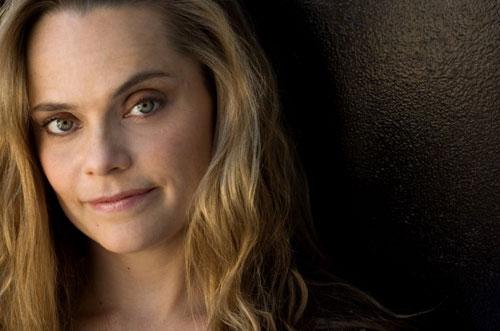
Edward Reichel, Reichel Recommends blog
Canyonlands gives powerful performance of works by Augusta Read Thomas and Wayne Peterson, CANYONLANDS, Dumke Recital Hall, David Gardner Hall,
Feb. 22, Salt Lake City
"...intense, driven and substantive. Thomas' works...are for the most part short, concentrated and concise. Thomas' Piano Etudes, played by Gosling who gave a compelling account that was musically refined and technically remarkable, are homages to six 20th century composers: Luciano Berio, Béla Bartók, Olivier Messiaen, Pierre Boulez, Morton Feldman and David Rakowski. But instead of quoting the composers, Thomas culls the inherent essence of each and puts her own spin on it. And it was an amazing musical portrait of each composer. For example, Thomas ingeniously captured the sonic world of Berio and the colors and textures of Messiaen. Each movement was a compelling vignette."
Harry Rolnick, ConcertoNET.com, The Classical Music Network
"The Mostly "Here and Now" Series
BargeMusic, Fulton Ferry Landing, Brooklyn
Stephen Gosling (Piano)
"Augusta Read Thomas wrote Six Etudes for and around six composers. It was a game, but cleverly done, since the composer knows her icons. Here were unmeasured meters for Bartók, bird-like phrases for Messiaen, and sl-o-w sounds for Morton Feldman, with resonant mathematical puzzles for Berio... Boulez and David Rakowski."
Gary Higginson, musicweb-international.com Review: Augusta Read Thomas - Chamber & Piano Works (Nimbus NI 6261)
"Twittering Machines, an homage to Rakowski, brings the set to an exciting conclusion but also manages to sound like Augusta Read Thomas: angular lines and jagged rhythms. Her penchant for quiet bell-like sounds is superbly realised in the first Etude to Berio, Orbital Beacons and in the Feldman, Rain at Funeral." (Nimbus Alliance NI 6261)
To obtain examination or performance material for any of
Augusta Read Thomas's works, please contact G. Schirmer Inc..
